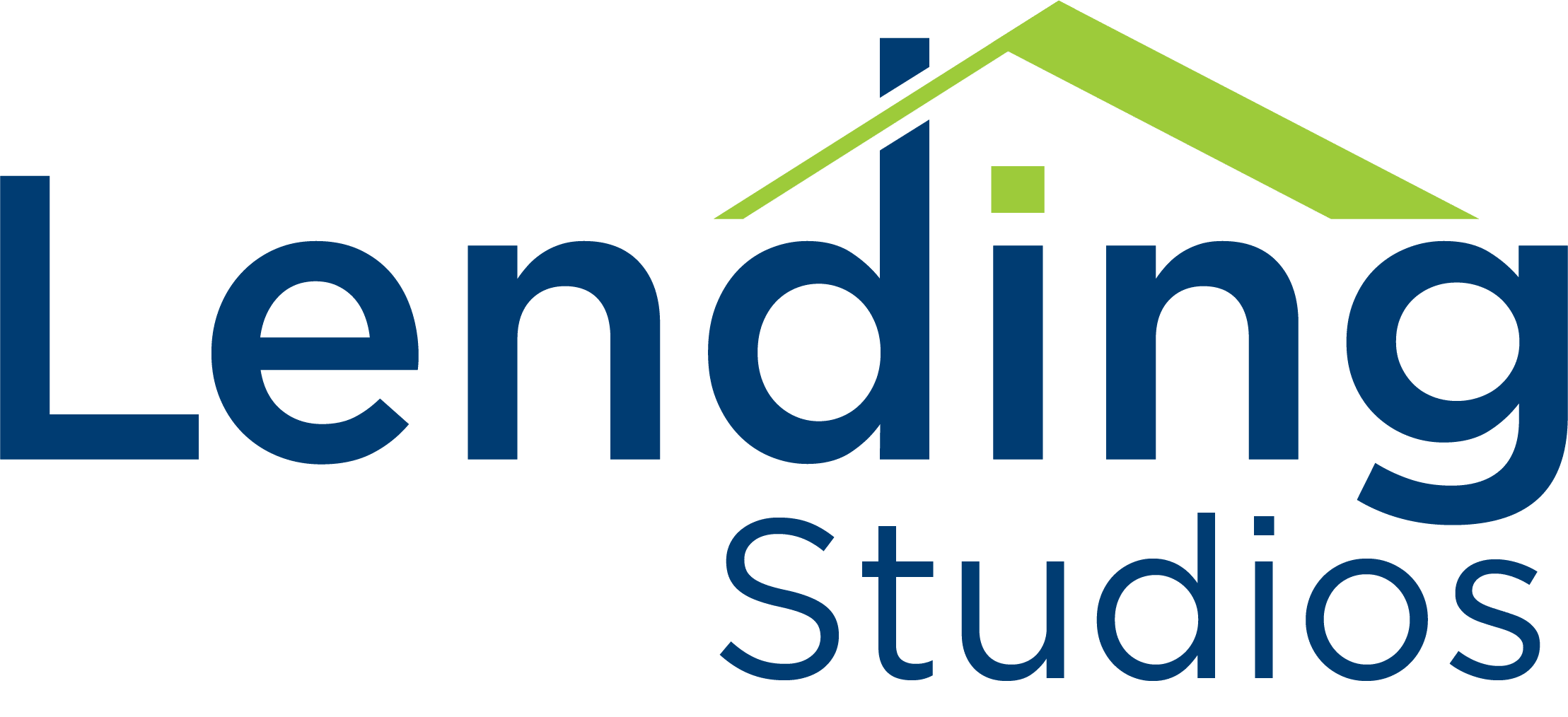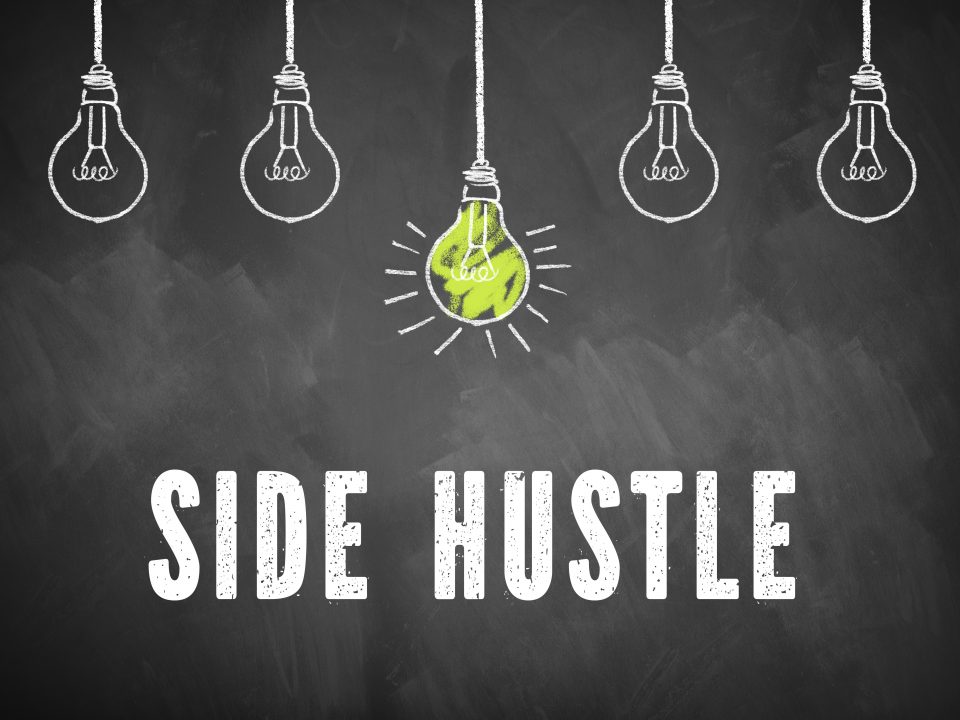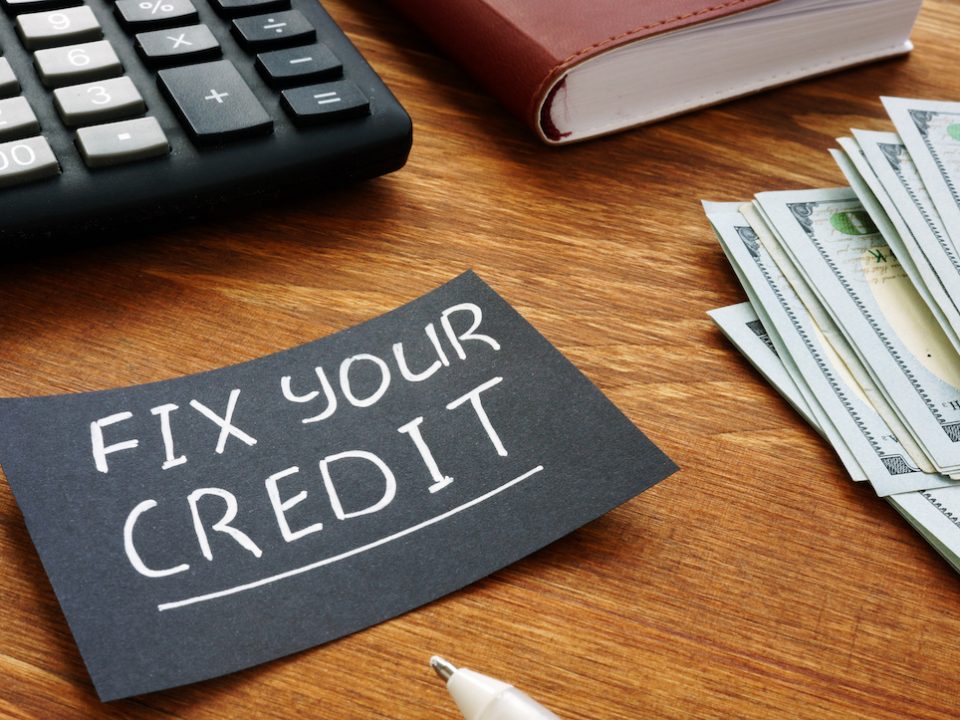Americans usually have a combination of different debts. Student loans, car loans, mortgages, and personal loans all add up to where it gets harder and harder to see an end in sight. Though it may feel like you’ll never be able to get out of debt, it’s important to know you have dept relief options.
According to Northwestern Mutual’s Planning & Progress Study 2019, American Adults carry an average of $29,800 in debt excluding mortgages. Their research also revealed that 15% of Americans believe they’ll be in debt until they die. Other debt statistics they found are:
- 34% of people’s monthly income goes towards paying off debt
- 45% of Americans say they feel anxiety because of debt
- 35% report feeling guilty because of the debt they’re carrying
- 1 in 5 report that their debt makes them physically ill at least once a month
- 1/5th of adults are not even sure of how much debt they have
- Over 1 in 3 Americans are unsure how much they spend each month paying off their debts
These are alarming statistics. If you’re in debt, there are steps you can take to dig yourself out of the debt you’ve been crawling around in, like a debt management plan.
How is a Debt Management Plan Debt Relief?
A debt management plan (DMP) is a strategic program to rid yourself of unsecured debt like credit cards and medical bills. A DMP will educate you on how to manage your debt with precision and ease. Typically, these programs are structured to last anywhere from 3-5 years, with the goal of becoming completely debt free.
DMPs only work with unsecured loans. This means loans that have no collateral attached to them. These would be loans like:
- Personal loans
- Student loans
- Credit card debt
- Income taxes
- Medical bills
A debt management plan is not a loan. In a typical DMP program, you’ll work with a debt management company that will then work with creditors on your behalf. They’ll work to reduce your monthly payment and interest rates. They will also work to reduce or remove penalties. All parties then agree on a payment schedule that allows 3-5 years to pay off the debt.
Many credit card companies have relationships with credit counselors to help borrowers implement a DMP when needed. It’s with these arrangements that credit cards are closed until the DMP is complete and you are out of debt.
This is made to help you regain control of your finances. This is one of your options to reduce the payments you make each month and save on interest.
When it comes to getting out of debt, you have options with strategies. However, it’s important to understand the advantages and disadvantages of DMPs and all of your debt relief options.
Advantages of a DMP:
- DMPs will help you stay more organized with your bills
- Offers consolidation without loans
- DMPs create achievable monthly budgets with a financial goal in mind
- They can improve your credit score over time
- Creditors have incentive to quit calling you
Disadvantages of a DMP:
- If you miss payments your rights under the debt management plan can be forfeited
- There could be hidden fees, scams, or fraudulent organizations – be sure you’re working with an agency accredited by the National Foundation for Credit Counseling or the Financial Counseling Association of America – like Lending Studios.
A DMP doesn’t have to put you on a tight budget. After your initial counseling sessions, the borrower will pay a small one-time setup fee and then a small monthly maintenance fee. Overall, this is what the plan will look like:
- You enrolling in a DMP and counselors will negotiate with your creditors
- Being able to see how much money is left after living costs (rent, mortgage, secured loans, bills, and living expenses)
- Paying the remaining amount after living costs each month to your counselor, who will then divide it among your debts
Enrolling in a DMP won’t break the bank, and it will end with you getting out of debt quickly and efficiently.
Lending Studios Tip: Beware of any credit counseling organization that requires an application fee, membership fee upfront fee, or per-credit fee, per Debt.org.
In addition to a DMP, there are other ways that you can find debt relief. Other common options are:
Other Debt Relief Options
Debt settlement
This is often confused with debt consolidation, but they’re not the same. Debt settlement means negotiating with creditors to settle a debt for often less what is owed. Most often, debt settlement is used to settle substantial debt with a lone creditor. However, it can be used as well if you owe multiple creditors. However, most financial advisors agree that debt settlement should only be used as a last resort option that will keep you out of bankruptcy.
Debt.org also points out the disadvantages of debt settlement like:
- Additional fees – debt companies can suggest you to stop making payments while they negotiate, however the late fees and interest will be added to the amount you already owe
- Time frame – the average debt settlement case is 2-3 years, which means you can have up to 36 months of late fees and penalties added to what you owe
- Credit score – debt settlement will negatively impact your credit score because you’re not paying the full amount. In turn, this also affects your credit report.
- Fees – debt settlement companies charge a fee, which can be up to 25% of the final settlement.
- Lender refusal – lenders don’t have to accept settlement offers. In face, sometimes they refuse to even work with debt settlement companies
- Tax consequences – the IRS may count whatever amount is forgiven as income and require you to list it on your taxes.
Debt consolidation
Debt consolidation is a type of refinancing that allows borrowers to pay off multiple debts. This involves combining several unsecured debts into one overall bill that’s paid off with a loan.
With debt consolidation, there are multiple ways to consolidate debt, including: transferring the debt to a zero or low-interest credit card, or taking out a debt consolidation loan. Some borrowers even opt to apply for a home equity loan.
You should look into debt consolidation if:
- Your credit score qualifies you for a 0% credit card or low-interest debt consolidation loan
- Income allows you to make consistent debt payments
- Total debt, excluding your mortgage, is <40% of your gross income
- You are willing to get out of debt and work so it never happens again
Bankruptcy
We know bankruptcy gives you a bad taste in your mouth. No one wants to admit that they have to resort to bankruptcy, however, sometimes it’s your only option for getting out of substantial debt.
According to United States Courts, bankruptcy can “help people who can no longer pay their debts get a fresh start by liquidating assets to pay they debts or by creating a repayment plan.” There are multiple kinds of bankruptcies that are all handled in federal courts. The two most common are Chapter 7 or Chapter 13, both of which will get rid of unsecured debt, prevent foreclosure, and more. However, you will be responsible for court and lawyer costs.
Bankruptcy offers relief from debt, but it’s important to note the long-term effects it can have on you credit. It can affect credit for up to 10 years, making it difficult – or sometimes impossible – to get a loan or credit cards with low rates.




